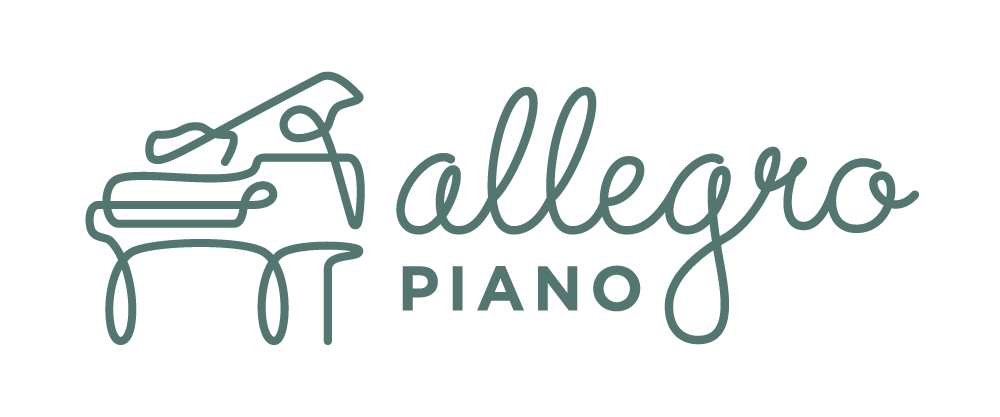What do Lessons look like in the studio?
Performance Opportunities
A Variety of Exam systems
My students are encouraged to perform regularly. This happens at group classes, recitals and festivals.
Recitals occur two to three times per year in a variety of locations, from studio recitals to a formal recital at the end of the year.
I also encourage students to participate in local festivals, such as the Edmonton Contemporary Showcase and the Sherwood Park Music Festival. These are great learning experiences for students.
Ensemble playing is a very fun way to make music together with other musicians. My students have the opportunity to play with each other and to participate in a yearly event called Two Much Fun.
We’re very fortunate in Canada to have a variety of opportunities for different types of exams. Every student has different needs for goals and feedback so having the options of Conservatory Canada (classical and contemporary idioms), the Canadian National Conservatory of Music and the Royal Conservatory of Music is of great benefit to students.
I am familiar with all the options so each year, with student and parent input, we decide if an exam is a good goal for the student and which examination system will be the most encouraging and rewarding for that student.
Longer Lessons
As an experienced teacher, I have found that the standard 30 minute lesson is not long enough for in-depth exploration and learning. If we want to develop life-long musicians, there are many different elements to cover in a lesson, including technique, sight-reading, aural training, pieces, special projects and games and activities. While it’s still not possible to cover every topic in every lesson, longer lessons give more time for the student and teacher to work together so that the student learns what to practice at home and makes better progress.
My beginner students start with 40 minute lessons. This gives us time to switch between on-bench and off-bench activities.
After year two, or possibly year three if they have started very young, we go to 45 minute lessons. At this point, students are playing several pieces a week, as well as working on technique, sight-reading and aural skills so it’s helpful to have time to get to those topics weekly. In addition, this gives time for special projects like composition or preparation for an exam.
Once students reach grade six piano and start needing to cover theory in a more formal way, lessons move to 60 minutes so that we have time to cover the theory as well as practical. Depending on the schedule and students in the studio in that year, theory class is converted into a joint class with another student or two.
Off-bench activities and group classes
I firmly believe that students learn through a variety of approaches so I try to incorporate a variety of activities in my lessons, especially in the early years. Games and other activities are regularly included to help students to grow in their musical learning.
I offer an online theory website to younger students as part of their tuition and students have the opportunity to play games and complete worksheets to help reinforce what they have been learning at their lessons.
We also have regular group lessons, three to four a year, where students come and perform for their peers and do activities and games. This helps to build community in the studio and gives students a low-key atmosphere where they practice performance skills and are challenged in their learning through the off-bench activities.
